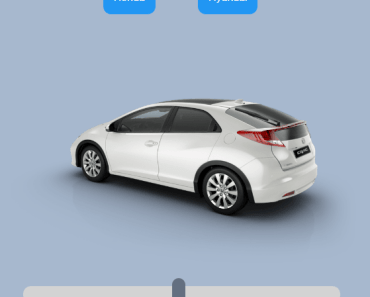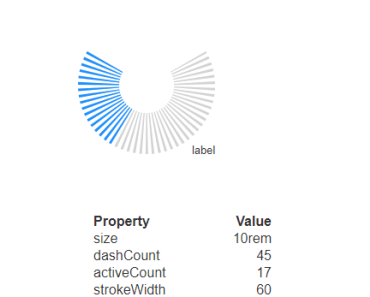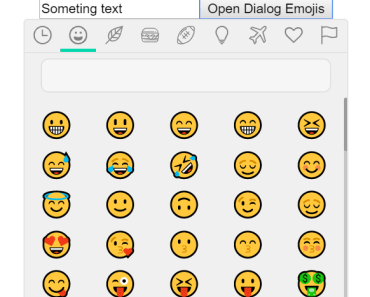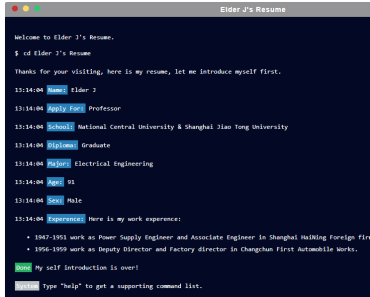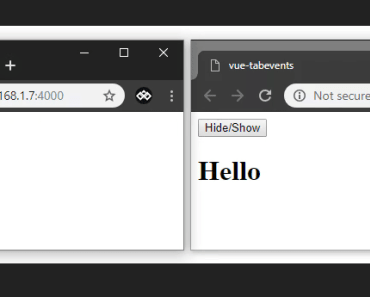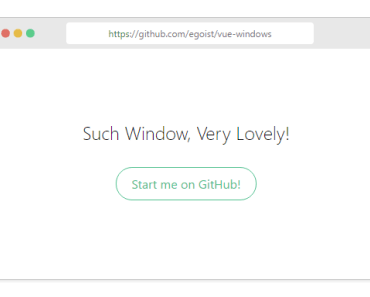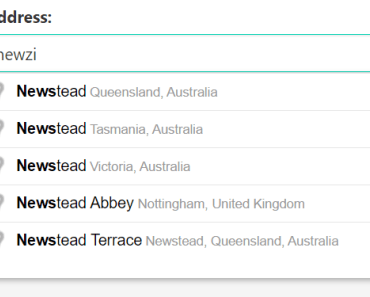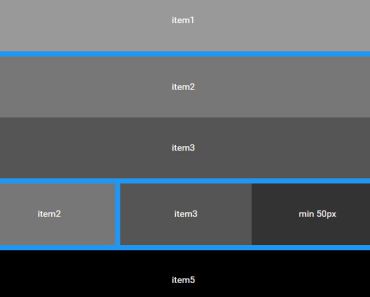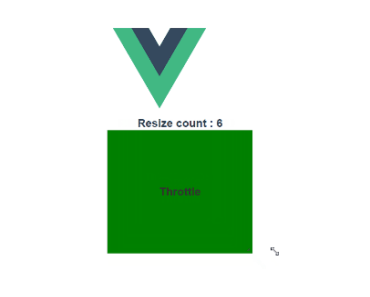vue-nestable
Drag & drop hierarchical list made as a vue component.
Goals
- A simple vue component to create a draggable list to customizable items
- Reorder items by dragging them above another item
- Intuitively nest items by dragging right
- Fully customizable, ships with no CSS
- Everything is configurable: item identifier, max nesting level, threshold for nesting
Table of contents
Demo
Installation
Install the plugin:
npm install --save vue-nestableUse the plugin in your app:
import Vue from 'vue' import VueNestable from 'vue-nestable' Vue.use(VueNestable)You can also import the components on-demand, if you wish to do so:
import { VueNestable, VueNestableHandle } from 'vue-nestable' export default { components: { VueNestable, VueNestableHandle } ... }Example
You only need two components: vue-nestable which renders the list and vue-nestable-handle which indicates the area the user can drag the item by.
Important Note: Each item must have a unique id property and it must be a valid css class name. It can not contain a :, ,, ., ; or other special characters that are invalid in a css class name.
<template> <vue-nestable v-model="nestableItems"> <vue-nestable-handle slot-scope="{ item }" :item="item"> {{ item.text }} </vue-nestable-handle> </vue-nestable> </template> <script type="text/babel"> export default { data () { return { nestableItems: [ { id: 0, text: 'Andy' }, { id: 1, text: 'Harry', children: [{ id: 2, text: 'David' }] }, { id: 3, text: 'Lisa' } ] } } } </script>Styling
By default, vue-nestable comes without any styling. Which means you can customize the appearance completely to your needs. However, if you want you can take a look at the style used in the demo: example/assets/vue-nestable.css
Props
The following props can be passed to the <VueNestable> Component:
| Property | Type | Default | Description |
|---|---|---|---|
| value | Array | [ ] | Array of objects to be used in the list. Important: Each item must have a unique key by which it can be identified. By default the key is assumed to be named id but you can change it by setting the keyProp property. |
| threshold | Number | 30 | Amount of pixels by which the mouse must be move horizontally before increasing/decreasing level (nesting) of current element. |
| maxDepth | Number | 10 | Maximum available level of nesting. Setting this to 0 will prevent dragging altogether. |
| group | String or Number | random String | Different group numbers may be passed if you have more than one nestable component on a page and want some extra styles for portal instances. |
| keyProp | String (Optional) | 'id' | Name of the property that uniquely identifies an item. |
| childrenProp | String (Optional) | 'children' | Name of the property that holds an array of children. |
| class | String (Optional) | null | Name of the property for classes to add to the item. |
| hooks | Object (Optional) | {} | Allows you to register hooks that fire whenever vue-nestable performs some action |
| rtl | Boolean (Optional) | false | Add rtl support to vue-nestable |
Slots
The <VueNestable> Component has two slots that can be used to render items and a placeholder. See Example for an example on how to use them.
| Slot Name | Props | Description |
|---|---|---|
| default | item, index, isChild | This slot is used to render the items in the list, use the scoped-slot property item to render the element. |
| placeholder | Lets you define a custom template that is used when no elements are in the list |
Events
Events are triggered when an item was moved or when a drag operation was completed. When you use v-model to bind your data, the @input event will automatically be handled.
| Event | Parameters | Description |
|---|---|---|
| input | value | triggered whenever the list changes |
| change | value, options | triggered when the user dropped the item. options is passed as the second parameter in the event and contains the following properties: { items, pathTo } |
Hooks
Hooks allow you to get finer controll over which items can be moved or take action when a specific item is moved.
Hooks are passed as an Object to the :hooks prop. The object defines a key with the hook name and a function that will be called when the hook fires.
{ 'beforeMove': this.myHookFunction }Look here of an example on how to prevent one item from being moved.
| Hook Name | Parameters | Description |
|---|---|---|
| beforeMove | { dragItem, pathFrom, pathTo } | Fires when an item is about to be moved. Returning false will cancel that action. |








